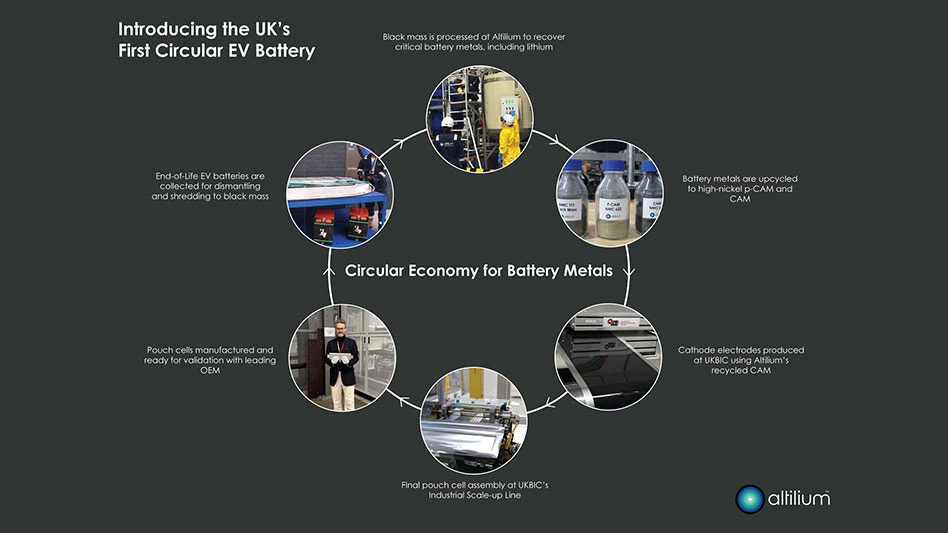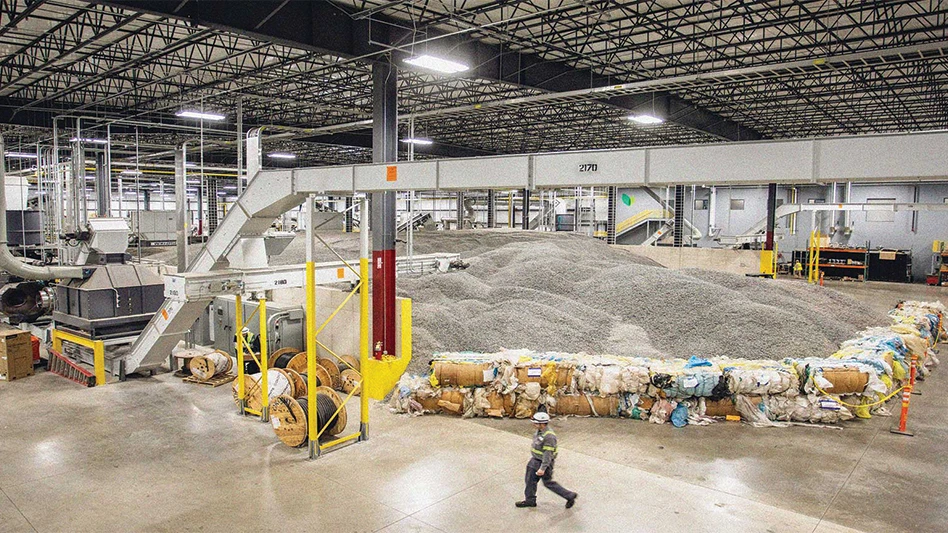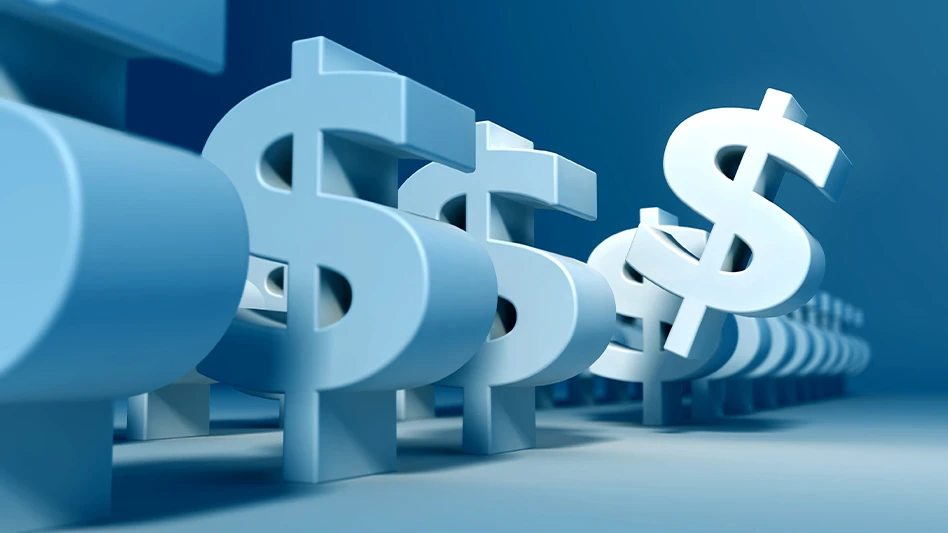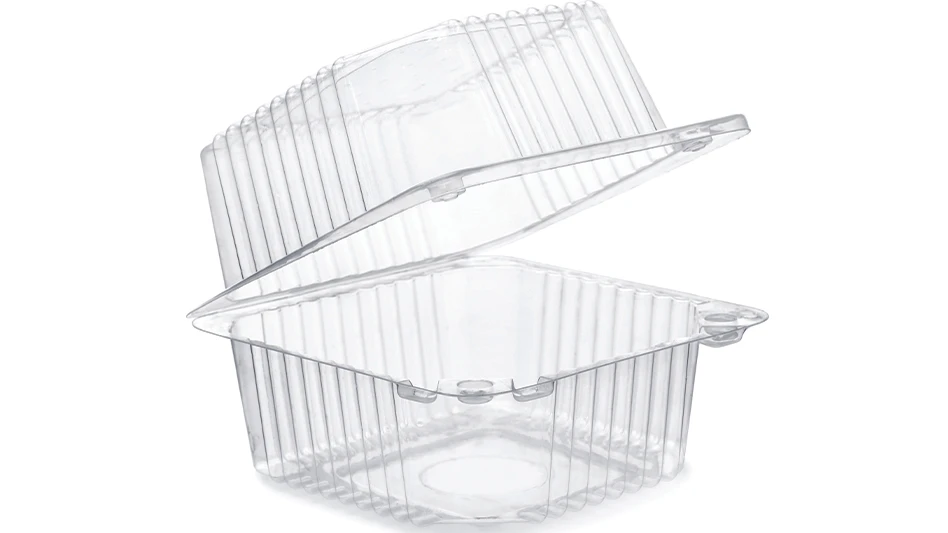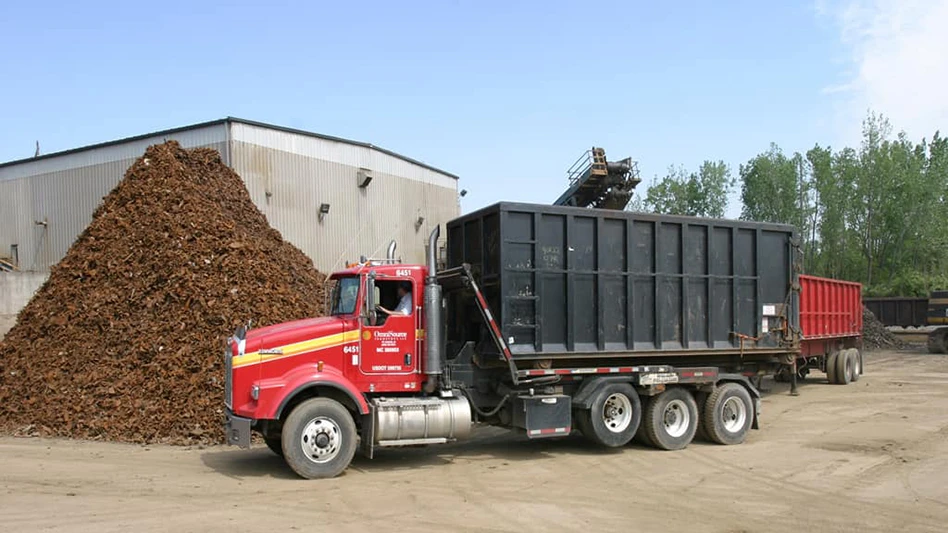Keep America Beautiful (KAB), Stamford, Conn., the national nonprofit organization that is perhaps best known for its community cleanup events such as the Great American Cleanup, has announced a number of partnerships and strategic initiatives designed to benefit recycling.
In 2009, the Curbside Value Partnership (CVP), which was formed in 2003 by The Aluminum Association and The Can Manufacturers Institute to help communities grow and sustain their residential curbside recycling programs, became part of KAB. According to the CVP Web site, www.recyclecurbside.org, the organization hopes "to leverage KAB’s extensive affiliate network to take CVP to the next level." Together, the groups seek to help communities grow participation in their curbside recycling programs while also providing quantitative data to assist communities in making better decisions regarding their recycling programs.
In addition to its relationship with the CVP, KAB also has joined forces with Earth911.com. Through this alliance, KAB and Earth911.com say they intend to share resources, editorial content and local recycling information with U.S. consumers, working toward the goal of increasing the recycling rate in the United States.
In an interview with Recycling Today Editor in Chief Brian Taylor, Matt
McKenna, president and CEO of KAB; Steve Thompson, CVP program director; and Rob Wallace, vice president of communications for KAB, speak about the benefits they expect to see as a result of these new strategic alliances.
Recycling Today (RT): In what ways have the CVP and KAB been working together?
Matt McKenna (MM): Every few years the KAB board prepares a strategic plan. Last spring’s meeting produced some clear instructions from our board that we should pursue a much greater emphasis on recycling. From a strategic point of view, recycling fit in with so much of what we do anyway, but we had not given it as much focus as the board thought we should.
Our mission is to encourage volunteers to engage individuals to have an impact on their communities. There are few better ways to do this than through recycling. So many of our affiliates—one-third—already are recycling coordinators in their communities. This was a natural extension and allowed us to engage the next generation of advocates. That produced an effort last fall to look for others in that space.
Our research uncovered the CVP. We discovered how effective they were and how much we could achieve together. As of Jan. 1, the CVP is a program that we will be supporting and rolling out to our affiliates.
RT: In terms of attracting young people to KAB, do you think adding a focus on recycling will do so?
Rob Wallace (RW): In general research into issues and public perceptions when talking about the environment, waste and litter weren’t high on the list. But when we asked what could make a difference, recycling came out on top.
Steve Thompson (ST): We actually had worked with some KAB affiliates, and I had never connected the dots. It’s a logical relationship. We worked with two Florida affiliates early on.
In my 1960s mind, I had KAB all about litter and never thought of them in the context of recycling. When they first approached us, and I learned more about their mission, I realized that they are a perfect match for what we’re trying to do: boost participation in current curbside programs.
RT: How can KAB help CVP in its goal to increase the aluminum beverage can recycling rate?
ST: Because CVP has since its inception been funded largely by aluminum industries, people had assumed that we were only interested in elevating aluminum recycling rates.
What we learned early on is that no one wants material partisanship in the message—not recycling coordinators, not the public. We learned quickly that messaging of any kind elevates the tonnage of all recyclable commodities that you typically find in the curbside bin.
I can see this alliance helping by doing a better job of how to get the word out on how to get a recycling bin, what day to put it out and what material is collected.
MM: KAB helps its affiliates be more effective in their local communities. To have CVP [available] to offer to those 1,000 organizations is tailor-made to what we do best at the national office: We offer programs to be implemented in the local communities.
RT: What are the recycling elements of KAB’s other major programs (Great American Cleanup and the Cigarette Litter Prevention Program)?
RW: With so many of our affiliates being recycling coordinators, recycling has been a part of the picture from the very beginning. In 2008, 10.2 million pounds of aluminum and steel, 37.1 million pounds of newspaper, 1.4 million tires, 137,000 batteries, 5.3 million pounds of electronics and 189 million PET bottles were collected for recycling.
MM: We wanted to do more than approach recycling from a cleanup perspective. We’d like to be able to deliver a more systematic program that lasts 12 months a year and will increase recycling rates.
ST: We’re on the front edge of this relationship and still in the architecture phase, determining how to package it so affiliates can take it and run with it. We want to ensure data discipline aspects, which CVP has as its core. Currently we have two pilot programs in North Carolina. Hopefully in 2010, we can roll out something at our national meeting.
RT: How will KAB be working with Earth911? What recycling-related questions do you hope to have answered at this site?
Sponsored Content
Labor that Works
With 25 years of experience, Leadpoint delivers cost-effective workforce solutions tailored to your needs. We handle the recruiting, hiring, training, and onboarding to deliver stable, productive, and safety-focused teams. Our commitment to safety and quality ensures peace of mind with a reliable workforce that helps you achieve your goals.
MM: Earth911 has been around for some time, but its mission is one we’re eager to expand. Earth911 is one of the only databases of local recycling information that exits. So many of our affiliates are in this business, as I mentioned, that a partnership made sense.
RW: We analyzed our Web traffic and how people came to us and found that many people were coming to us looking for local recycling information. Earth 911 was a natural; we are sharing their database and making that available through our Web site. Many of our affiliates are already populating the database, but we’re trying to get that number higher and make that site even more robust by providing them with stories to help fill up their content.
RT: Does KAB envision other ways that it can tie into the recycling industry?
MM: The other message we’re getting from the board is that we need to rely even more upon partnerships with other organizations than we have in the past. This has caused us to continue to reach out and to sign agreements, even formal operating agreements. There will be more partnerships going forward in the future. As an organization, we need more products, and these partnerships give us access to those.
RT: How will KAB and CVP be funding its curbside recycling educational/promotional efforts?
MM: It will be funded, as KAB does all its activities, through sponsors and different funding sources we have access to.
More information on Keep America Beautiful is available at www.kab.org.
Get curated news on YOUR industry.
Enter your email to receive our newsletters.
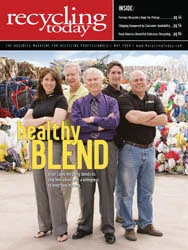
Explore the May 2009 Issue
Check out more from this issue and find your next story to read.
Latest from Recycling Today
- Returpack reports increased DRS activity in Sweden
- Trade groups align against European export restrictions
- Construction, auto sectors show mixed signals
- Politics in Turkey threaten recycled steel outlet
- Toppoint Holdings expands chassis fleet
- Lego creates miniature tire recycling market
- Lux Research webinar examines chemical recycling timetables
- Plastics producer tracks pulse of wire recycling market



